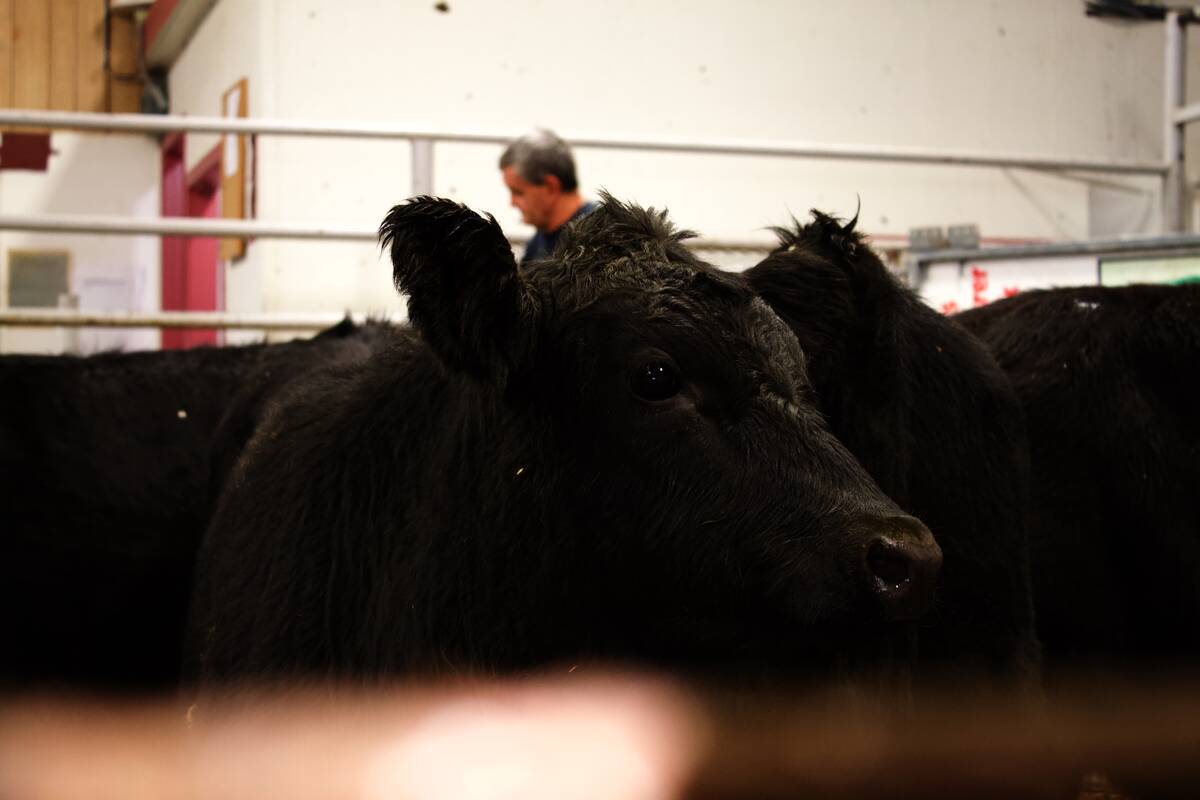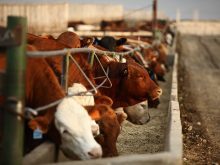Compared to last week, western Canadian yearling markets traded $2-$3 on either side of unchanged. Heavier calves over 700 lbs. were quoted $2-$4 higher on average. Calves under 700 lbs. were quite variable. There were limited numbers on offer in the lighter weight categories and the market remains in price discovery mode. Larger strings of yearlings with quality genetics sold on the high side of the market. Small groups under 10 head or simple handfuls were on the low end. In some cases, merchants were receiving “just get ’em” type orders which made it difficult to secure ownership. Feedlot operators are feeling out the market and it’s “red hot.” Order buyers had a case of orders underneath current price levels which limited any slippage. Needless to say, feedlot operators will have to re-evaluate again next week. Quality backgrounded cattle appeared to gain off fresh grass cattle but there was still a noticeable discount. Feed grains are not cheap and efficiencies are setting the premium for thin, low-flesh grassers. Alberta feedlot operators were looking south of the border for indications on market behaviour but U.S. prices were also up $3-$5 on average. Freight spreads were noted between major feeding regions of Alberta and Saskatchewan.
Read Also

Klassen: Feeder market stabilizes on fed market recovery
For the week ending December 6, Western Canadian feeder cattle prices were relatively unchanged compared to seven days earlier. Many…
South of Edmonton, larger-frame mixed steers with full health data fresh off grass weighing just over 1,000 lbs. were quoted at $218; north of Saskatoon, red mixed medium- to larger-frame steers off grass weighing just over 1,010 lbs. sold for $215. In the Lethbridge area, Charolais-based steers weighing 935 lbs. were valued at $230 landed in the feedlot and similar-quality and -weight heifers were quoted at $213.
Larger-frame Simmental-blended steers with full health records fresh off grass weighing a touch over 815 lbs. were valued $240 landed in the feedlot in southern Alberta. Similar-quality and -weight heifers averaging 800 lbs. were quoted at $215 delivered in the same region. Southeast of Calgary, a larger group of red white-face steer calves off grass averaging a shade over 700 lbs. were quoted at $242 landed in the feedlot and similar-weight and -quality heifers were valued at $220 delivered.
The calf market was hard to define. Given the limited numbers, even quality small groups failed to garner significant interest. In central Alberta, a pair of black steers weighing 575 lbs. were quoted at $262 and black heifers averaging 560 lbs. dropped the gavel at $232. The current market for feeders has made cow-calf pairs look like a steal. Various quality pairs are often trading between $2,000 and $2,500.
The feeder cattle futures are showing a $4 carrying charge between August and September. Waiting is not an option as these cattle will be more precious as time goes on. Looking longer-term, the May 2023 feeder contract is trading at a $10 premium over the September 2022 futures.
— Jerry Klassen is president and founder of Resilient Capital, specializing in proprietary commodity futures trading and market analysis. Jerry consults with feedlots on risk management and writes a weekly cattle market commentary. He can be reached at 204-504-8339 or via his website at ResilCapital.com.















